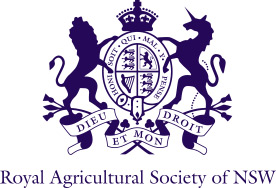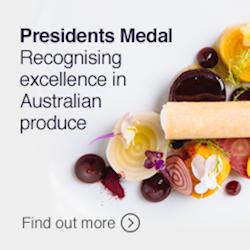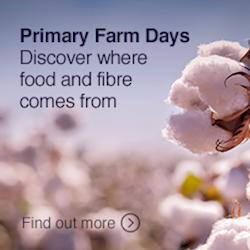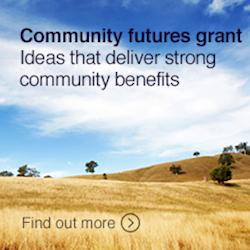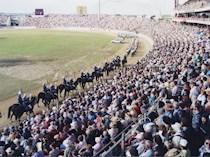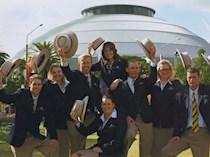Explore our history
In many ways, the history of the Royal Agricultural Society of NSW echoes that of the nation’s history more broadly. The social, political, economic and climatic conditions of each passing era have all left their marks on the RAS and influenced its activities. So when you explore our story, there’s a good chance you’ll find something that throws a light on Australia’s many stories too. From its earliest beginnings at Parramatta to the present day, the RAS has endured by responding to – and encouraging – change.
1998
If we build it, they will come
When the gates opened at the new Sydney Olympic Park Showground at Homebush Bay on 3 April 1998, the paint was barely dry. The weather was hot all Show and the million curious Sydneysiders who came out to inspect the Society’s new home wilted for want of shade, but otherwise liked what they saw.
Construction of the 30-hectare site in the geographical heart of metropolitan Sydney took less than two years. Experienced Councillors and old Show hands had input into the design, taking into account animal welfare and handling, judging requirements, machinery access, and the thousand and one details that go into making a smooth-working Show.
Planned as part of a whole precinct to meet the needs of the 2000 Sydney Olympic Games, year-round use of facilities and the need for supporting urban and cultural infrastructure were other important considerations.
The landmark structures of the Dome and the main arena were the ground’s new icons, but the long history of the Show was remembered in the names given to pavilions and stands, honouring past contributors. Country connections were also marked in the naming of streets after NSW regions and rivers.
Further symbolism was enacted at the opening ceremony, when soil taken from the arena during the last Show at Moore Park was sprinkled over the turf at the new ground. It was a baptism of sorts and a demonstration that the past was not lost, but carried forward.
Food, glorious food
Beyond the built environment, the single biggest change in the direction of the Show as the next millennium approached was a new focus on food. A cultural revolution in food was underway and interest in preparation, quality and provenance was putting agriculture back in the public spotlight. Recognising this the RAS Council established a Fine Food Committee in 1998 to highlight superior industry products. Over the next twenty years, new competitions were steadily introduced, while existing competitions like Wine and Cheese & Dairy expanded:
- Coffee, 1998
- Olive Oil, 1998
- Pasta, 1999
- Small Goods & Charcuterie, 2000
- Aquaculture, 2001
- Branded Meat, 2004
- Specialty Foods, 2004
- Beer & Cider, 2007
- Professional Bakery, 2014
The President's Medal
In 2006 a best-of-the-best accolade was inaugurated, known as the President’s Medal. This award picks an overall champion food or beverage product, based on the financial, social and environmental integrity of its entire production cycle from gate to plate. It has become one of the most prestigious prizes of the entire Show.
'[The Showground] plan is… a reflection of the Royal Easter Show itself. On the one hand, it is an event for families, for friendly outings and entertainment, providing spaces which invite people to sit down, eat and watch the passing parade. On the other, it is a serious affair, where competitors do business, and where animals and machinery must be safely brought in, looked after and displayed. The main Showground arenas and buildings are highly functional, ensuring easy access and effective maintenance.'
- Moving the Showground Home: a commemorative look at the building of Sydney Showground
Search our Museum
Something to add?
Do you have an artifact or story from
RAS NSW history to add?
